Chemistry research on sugar-binding proteins is as old as Frank Sinatra tunes. That's why a new protein interaction is like hearing Sinatra and Elvis had a band.
For glycobiologists, who study sugar-loving proteins (called lectins and glycosaminoglycan binding proteins, GAGBPs), this is a totally new tune. And one that could affect cancer research as well as treatments for inflammation or infection.
The new study, published in Biochemistry this week, examines the biomechanics of galectin-3's interaction with glycosaminoglycans (GAG) and proteoglycans. Tarun Dam, an associate professor of chemistry at Michigan Technological University, led the study. The other co-authors of the paper are graduate students Melanie Talaga, Ni Fan, Ashli Fueri, Robert Brown along with Research Assistant Professor Purnima Bandyopadhyay.
"Seeing galectin-3 interact with GAGs and proteoglycans is like finding a rose in the petunias—it's very unexpected," Dam says. "It's fair to say that this requires revisiting the reported biological functions of GAGs, proteoglycans and galectin-3."
Protein Chemistry
Glycobiology focuses on sugar-coated proteins and the proteins that bind to them. They drive many biological processes in our bodies, from directing white blood cells to infected tissues to serving as biomarkers in cancer assays. For decades, researchers have assumed that two groups of these sugar-seeking proteins—lectins and GAGBPs (GAG binding proteins)—lived similar, but notably separate lives.

"Some proteins are multitaskers, most notably galectin-3, and our bodies' biochemical pathways do not play out in simple, linear processes," Dam says, adding that he and his lab were still surprised to observe a lectin, galectin-3, interacting with proteoglycans and GAGs. "We triple-checked and quadruple-checked this data, and we found consistency in experiment after experiment."
Dam and his team started out with a conventional method called a hemagglutination inhibition assay to determine if galectin-3 recognized GAGs and proteoglycans. Then they used a technique called isothermal titration calorimetry to precisely observe the carbohydrate-binding properties of galectin-3, which verified that the lectin and GAGs could interact.
Expanded Binding Partners
Dam says his lab's work in outlining this unexpected protein interaction is just the beginning and suggests that the known biological processes involving GAGs, proteoglycans and galectin-3 may not be as straightforward as they appear. Now that glycobiologists know that galectin-3 and GAGs can interact, the entire community will need to figure what that means for the many biochemical reactions driven by these sugar-loving proteins and their binding partners.
One example is cancer treatments. GAGs are well known for their role in controlling growth factor proteins, which tend to run rampant as cancerous tumors grow. GAGs and proteoglycans are also involved in metastasizing cancer cells that spread and sprout by traveling and breaking out of the bloodstream. Galectin-3 could be interfering with this process or even amplifying it. It could also be affecting pharmaceuticals that target GAGBPs.
Next Steps
In addition to cancer research, galectin-3 and GAGBP are known to individually push biochemical processes affecting the immune system and nervous system. Dam compares this new line of research to storytelling, complete with expectation-meeting heroes; with the plot twist, it's like a masked character has been revealed and it's someone the readers already knew.
"Now we have to reconsider the whole drama, retracing the steps and actions of that character," he says. "In our next steps, we are using cell lines and animal models to study this interaction in a cellular context."
Dam and his team's initial observation is unexpected, but opens up new possibilities for the role of galectin-3. A better understanding of the glycobiology and biomechanics will enhance many health research fields, perhaps leading to more nuanced treatments for cancer, immunodeficiency, neural growth and inflammation.
Michigan Technological University is an R1 public research university founded in 1885 in Houghton, and is home to nearly 7,500 students from more than 60 countries around the world. Consistently ranked among the best universities in the country for return on investment, Michigan's flagship technological university offers more than 120 undergraduate and graduate degree programs in science and technology, engineering, computing, forestry, business, health professions, humanities, mathematics, social sciences, and the arts. The rural campus is situated just miles from Lake Superior in Michigan's Upper Peninsula, offering year-round opportunities for outdoor adventure.
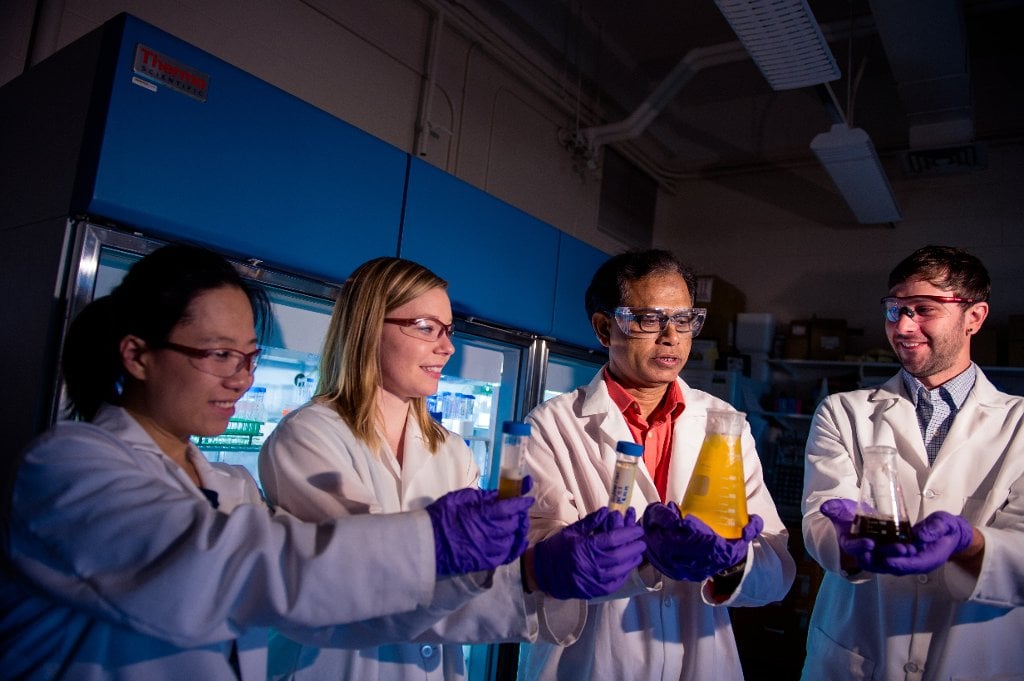


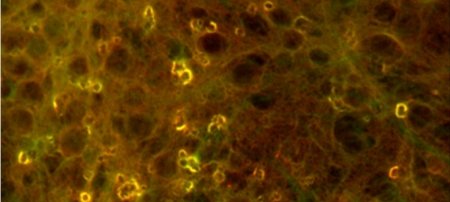
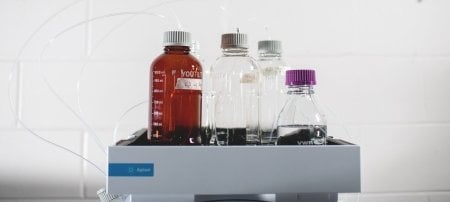
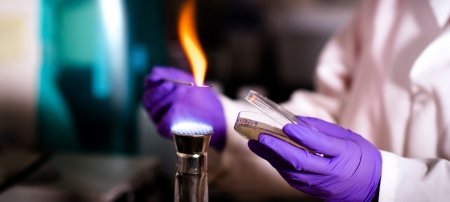
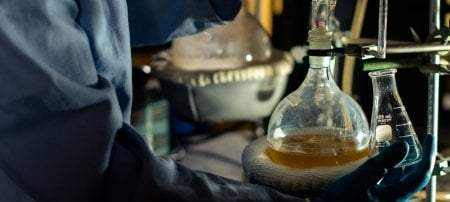
Comments